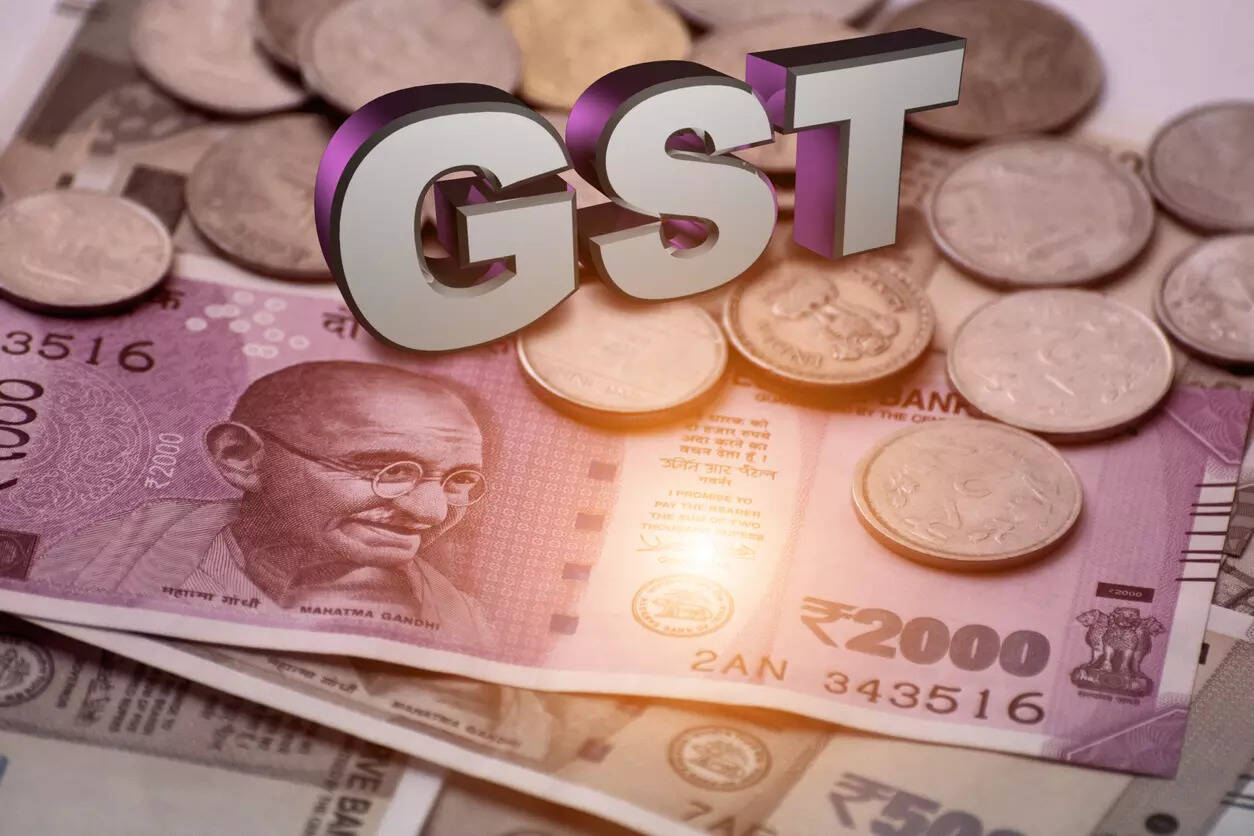 The Council meeting is expected to see detailed deliberations on the rate rationalisation roadmap, its impact on inflation, and the revenue-sharing framework.
The Council meeting is expected to see detailed deliberations on the rate rationalisation roadmap, its impact on inflation, and the revenue-sharing framework.“>
The 56th meeting of the Goods and Services Tax (GST) Council, chaired by Union Finance Minister Nirmala Sitharaman, will begin on Wednesday with a packed agenda that could reshape India’s indirect tax structure.The auto sector is bracing for a potential shake-up, with the Centre expected to push for a 5 per cent GST on electric vehicles (EVs) as part of its broader proposal to simplify the existing four-tier tax regime into a dual structure of 5 per cent and 18 per cent. A steeper levy on luxury EVs is also under consideration, with the tax panel recommending higher rates of 18 per cent for EVs priced between ₹20 lakh–₹40 lakh and 28 per cent for those above ₹40 lakh, according to a Reuters report.If the 28 per cent bracket is merged into the proposed structure, such vehicles might instead be placed under the 40 per cent ‘luxury and sin goods’ category.
The move is seen as having major implications for premium global carmakers such as Tesla, Mercedes-Benz, BMW and BYD, while domestic players like Tata Motors and Mahindra & Mahindra are expected to be less affected.
Bulk of products under 5% slab
The GST structure overhaul is also expected to see most goods currently taxed at 12 per cent and 28 per cent migrating to lower rates. A special 40 per cent slab has also been suggested for a select list of items, which will particularly fall into the ‘sin’ goods category.
As per the Centre’s proposal, 99 per cent of the items in the current 12 per cent bracket will be shifted to the proposed 5 per cent slab. Besides, 90 per cent of the items in the 28 per cent bracket would be shifted to 18 per cent.
Opposition states, like West Bengal, have demanded that any levy on top of the 40 per cent rate should exclusively be for sharing with states to make up for their revenue losses, reports PTI.However, eight opposition-ruled states – Himachal Pradesh, Jharkhand, Karnataka, Kerala, Punjab, Tamil Nadu, Telangana and West Bengal — are seeking clarity on how the Centre intends to address potential revenue losses that may arise from the rejig. The original GST compensation mechanism, which was funded by cess collections on luxury and demerit goods, expired in June 2022, leaving states wary of fiscal shortfalls.The GST regime, rolled out on July 1, 2017, had consolidated central and state levies like excise duty and VAT into a uniform tax structure. It was originally designed with four main tax slabs — 5 per cent, 12 per cent, 18 per cent and 28 per cent — in addition to compensation cess ranging from 1 per cent to 290 per cent on items such as tobacco, luxury cars and aerated drinks.The two-day Council meeting is expected to see detailed deliberations on the rate rationalisation roadmap, its impact on inflation, and the revenue-sharing framework between the Centre and the states.
Join the community of 2M+ industry professionals.
Subscribe to Newsletter to get latest insights & analysis in your inbox.
All about ETAuto industry right on your smartphone!
- Download the ETAuto App and get the Realtime updates and Save your favourite articles.





